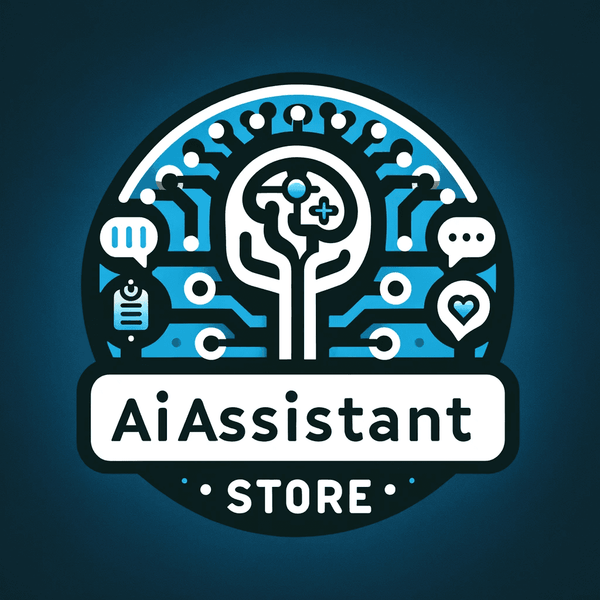So - how does AI detection work? Yeah, that exact phrase. People Google it, professors mutter it under their breath, and copywriters quietly dread it. But the answer? It’s not quite as sci-fi as you’d think. Honestly, it's weirder than that. It’s statistical. Kinda abstract. A little bit like trying to tell if a meal was cooked by a chef or a microwave... but with sentences.
Articles you may like to read after this one:
🔗 Who Is the Father of AI?
Uncover the pioneers who shaped artificial intelligence and the legacy of Alan Turing in modern AI.
🔗 How to Create an AI – A Deep Dive Without the Fluff
A practical, step-by-step breakdown of what it really takes to build an AI model from scratch.
🔗 What Is Quantum AI – Where Physics, Code, and Chaos Intersect
Explore the cutting-edge intersection of quantum computing and AI in this simplified deep dive.
🧠 The Stuff Behind the Curtain: Not Magic, Just Math
Let’s be blunt: detection systems don’t see the AI. There’s no glowing text aura that screams “this was written by GPT.” What they’re looking at is how the words are put together - spacing, pacing, repetition quirks, that kind of thing. Basically, they’re doing literary forensics on your grammar.
Weirdly, the better your writing flows, the more robotic it can look. No joke. Too smooth = red flag. That’s AI irony for you.
📋 Quick Breakdown: What Are These Systems Actually Looking For?
Here’s a table (because people love tables) to sum it up. Take it with a grain of salt - or like, a whole salt shaker.
| Detection Method | What It Analyzes | Where It Fails | Trust Level (🔍) |
|---|---|---|---|
| Token Probability | Word-to-word predictability | Can’t detect randomness layering | 🔍🔍🔍 |
| Perplexity Scoring | How “expected” a sentence feels | Penalizes fluent human writing too often | 🔍🔍 |
| Burstiness Models | Sentence variation & rhythm | AI can now mimic erratic flow | 🔍🔍🔍 |
| Stylometric Fingerprints | Individual quirks & inconsistencies | Falls apart with genre or style shifting | 🔍🔍 |
| Metadata & Source Trails | Copy-paste data, edit timestamps | Completely avoidable with cleaned text | 🔍 |
👻 Token Probability Is Basically Ghost Math
Imagine reading a sentence, and after every word you say, “What’s the next most likely word?” AI writes by doing that at lightning speed. Detectors flip that around and ask: “Was this too likely?” So if your phrasing is ultra-expected - “The cat sat on the mat” - that scores as AI-esque. Throw in something slightly weird - “The cat loafed on the lukewarm countertop like a microwave burrito” - and the detector twitches.
🕵️ Stylometry: Spying on Your Writing Voice
Stylometry is... suspiciously nosy. It tracks sentence shape, tone, even how often you misuse semicolons. AI tends to write with a kind of sanitized clarity - no stumbles, no flair for regional slang, none of those casual whoops-I-went-off-topic moments.
But if you intentionally throw in a weird idiom or, I dunno, switch narrative tone mid-sentence for no real reason? That’s human behavior, baby. Unstable = believable.
💧 That “AI Watermark” Thing? Yeah, It’s Mostly Hype
You might’ve heard some buzz about invisible watermarks inside AI text. Sounds spooky. But there’s no standardized system, no built-in tracer ink for sentences. A few research projects are poking around the idea - but nothing deployed at scale. Clean your text, reshape the tone, stir in a little chaos? That watermark idea crumbles like week-old cookies.
🚂 Tools on the Loose: Turnitin, GPTZero, etc.
Now we get to the real-world stuff. Turnitin, GPTZero, ZeroGPT - they all claim to catch AI in the act. Here’s what they lean on:
-
🔮 Perplexity: How expected are your word choices?
-
🎢 Burstiness: Does your sentence rhythm rise and fall, or is it treadmill-steady?
-
📉 Entropy: Is the text weird enough?
Thing is... they misfire a lot. I've seen 100% human essays flagged as “95% AI.” Meanwhile, AI content with hand-tweaked tone passes clean. It’s not science. It’s vibes with a calculator.
😅 Final Thought: Humans Are Wild - AI Tries Too Hard Not to Be
So - how does AI detection work? It guesses. It runs math against your writing and says, “Hmm, this feels too perfect... must be a bot.” But real humans? We’re inconsistent. We contradict ourselves, get distracted, change tone halfway through a point, and write run-on sentences because we’re tired or caffeinated or just in a mood.
If your writing’s a little messy, a little chaotic, a little too much - that’s actually your best defense. No joke.

